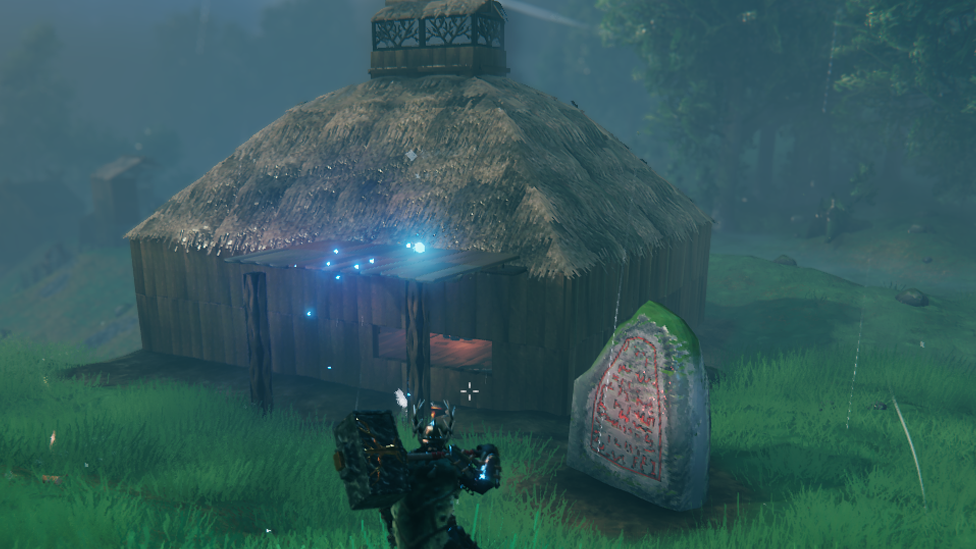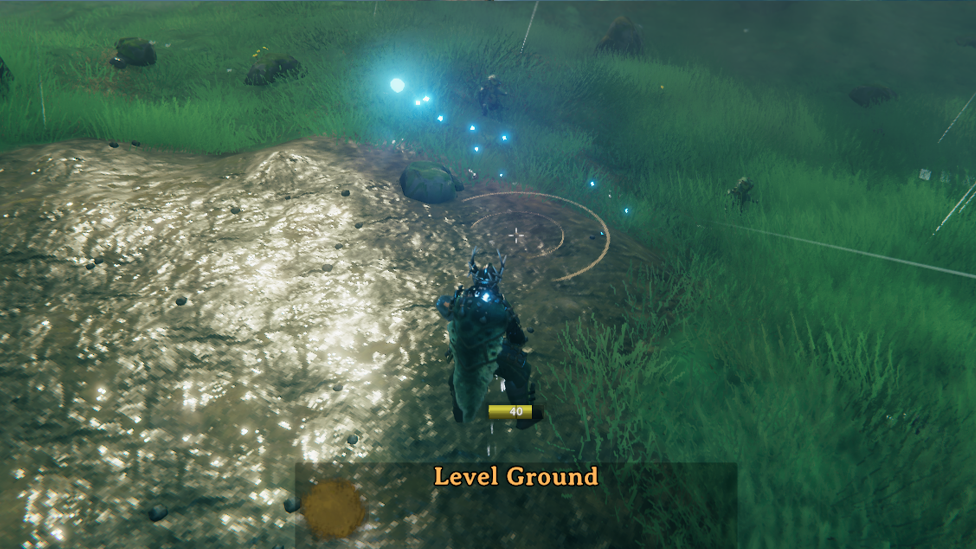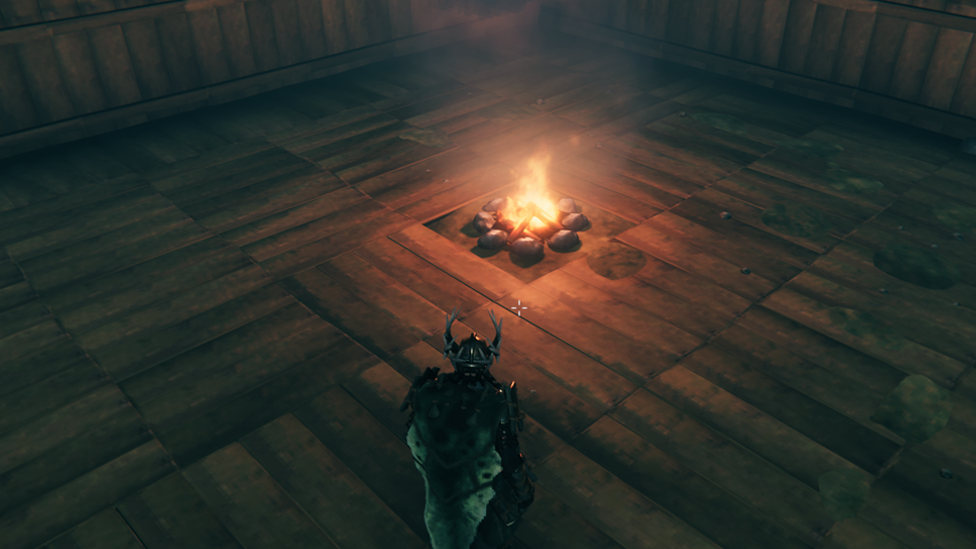How to Build a House in Valheim
As a survival game, it’s perhaps no surprise that building a house is likely to be one of the first things you’ll want to do when exploring the lands of Valheim. However, while it’s relatively easy to cobble together a basic Valheim house, knowing about more optimal house builds can be incredibly helpful to ensure your game goes successfully. Fortunately, today, we’re looking at some of the key things you should know about building a Valheim house to help you come up with the ideal house build in the game.
Why is it Important to Build an Effective House in Valheim?

Make Your Own Valheim Server
Before we can begin looking at the optimal Valheim house build, it’s well worth taking a little time to consider why this might be important in the first place. Of course, often, this will come down to personal opinion and preference; still, it’s worth keeping these in mind to ensure you know how much time to dedicate to base building in your own game.
Perhaps the most obvious reason that it’s so important is just for protection. Indeed, having a strong base provides you and your friends with somewhere to rest, heal, and store any valuables you might have come across during your adventures without the constant threat of attack.
What’s more, building a strong and durable house in Valheim also provides a base from which to start your adventures and upgrade your gear. This is important, as you won’t get very far in Valheim by living a nomadic, homeless lifestyle. Critically, many crafting stations, such as forges, workbenches, and kilns, ought to be built in a secure location; thus, by establishing a base, players can create and upgrade their equipment and gear more effectively.
Don’t forget, though: your house only offers so much in the way of protection alone. Given this, it’s also incredibly important to build plenty of strong defences to protect your base from any potential attacks that might come your way!
Overall, base building in Valheim is essential for ensuring survival, enhancing gameplay strategies, and fostering creativity, making it a rewarding and fundamental part of the game experience. With that being said, though, it’s worth noting that building a strong Valheim house is only part of the equation, and ensuring you start out well is also vital. As part of this, setting up a private game when you create Valheim server with ScalaCube allows you to enjoy a more stable gaming experience, with 24/7 uptime and support for you and all your friends to play.
The Best Valheim House Builds: Tips for Bases
Now that we’ve considered why it’s so important to start out with a great base in your Valheim game, it’s important to consider a few key tips to help with putting together a strong and safe space. Don’t forget, though: you’ll need to have made a workbench before you’ll be able to build a base.
1 Always Choose Level Terrain

When rushing to put together your very first Valheim building, you may well just go for any space that seems moderately flat. However, this can potentially be a mistake, as even remotely uneven terrain can make it difficult to build a strong base. As such, always look out for a space with as level a terrain as possible; once you can build a hoe in Valheim, you’ll also be able to flatten ground as needed to create a flat and solid base for your operations.
2 Always Start with Floor Tiles
If you’re limited on resources, it can feel tempting to skip the floor tiles. However, this is often a major mistake, as adding floor tiles makes it possible to increase the stability of your structure. This also ensures that the floor is flat rather than the undulating terrain of natural spaces, in turn making crafting much easier. Don’t forget: Valheim buildings are fully impacted by structural strength, so there’s a very good risk that your base won’t be able to withstand the elements if it’s not even.
3 Watch For Weak Points
As we’ve briefly mentioned, one of the main things to be aware of in Valheim when building is the stability of your structure. In line with this thought, it’s important to watch out for weak points to ensure your craft is secure. These are indicated in red, orange, or yellow when building; if you notice these, it’s important to take some time to increase the stability of your construction. Alternatively, if you notice that a piece is in green, this indicates that it’s strong and secure.
4 Think About Fire Placement

As part of your home design, it’s important to consider where you’ll place your campfire. In short, if your fire isn’t close to your base, you simply won’t be able sleep at night (literally). As such, it’s often easier to have the fire within your house directly. This requires a tile of natural ground, as campfires cannot be placed on wooden floor tiles.
Naturally, having an indoor fire also means you’ll need a way for smoke to escape. Building a chimney or allowing an area of the roof to remain uncovered can help remedy this issue. If you forget this, you’ll likely remember quite quickly when your character begins to lose health due to smoke inhalation, so it’s best to integrate this into your basic house design.
Final Thoughts
If you’ve been looking to build an effective Valheim house, it’s important to know a few key building tips - and today’s guide should have given you an introduction to this. And don’t forget, you can always change your Valheim house build over time as you obtain new resources. So, don’t just settle with a single house build; so long as you’ve started out with flat ground and stable construction, along with room to grow, it’s important to keep upgrading your base to reflect the changing requirements of your game.
Make Your Own Valheim Server
Copyright 2019-2025 © ScalaCube - All Rights Reserved.